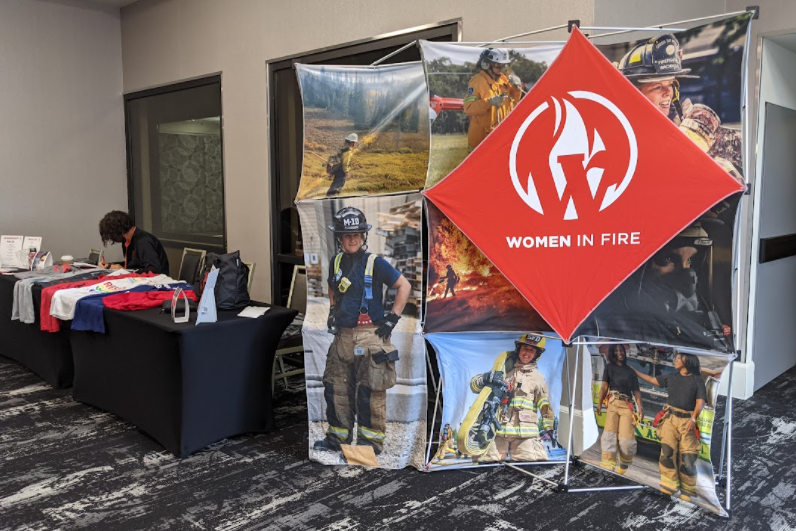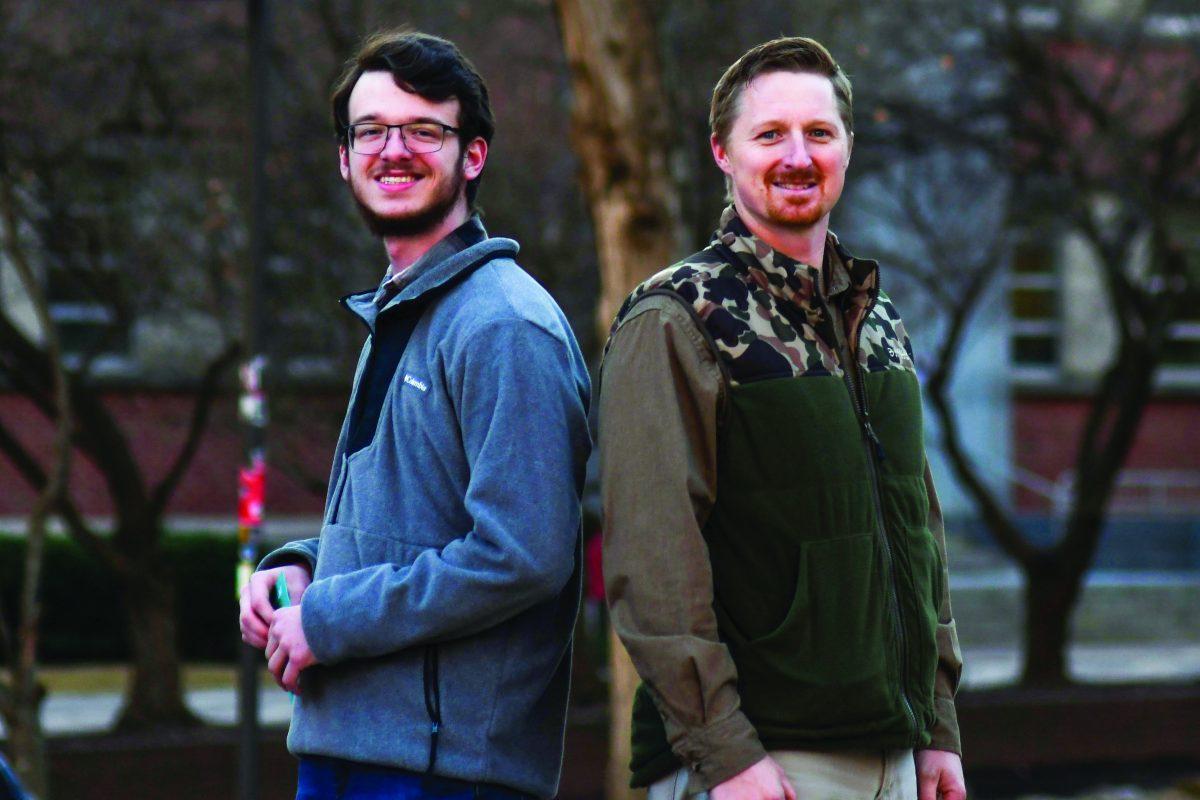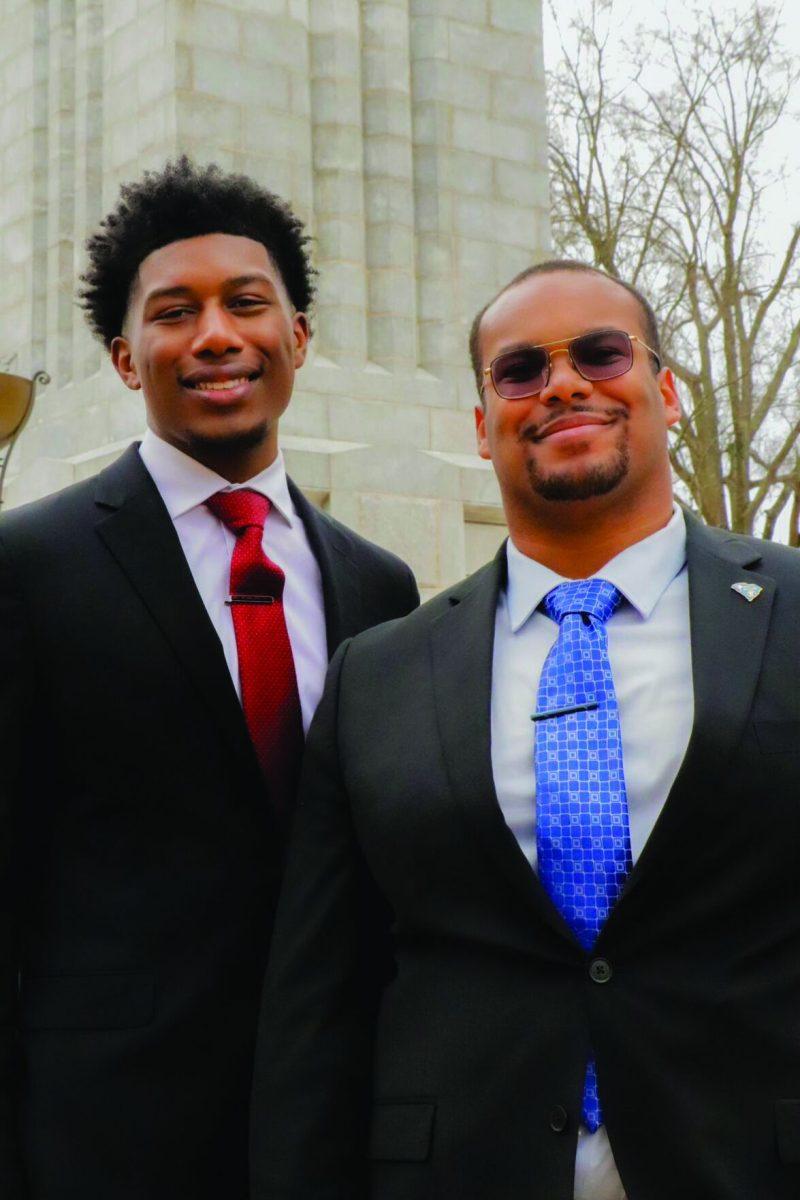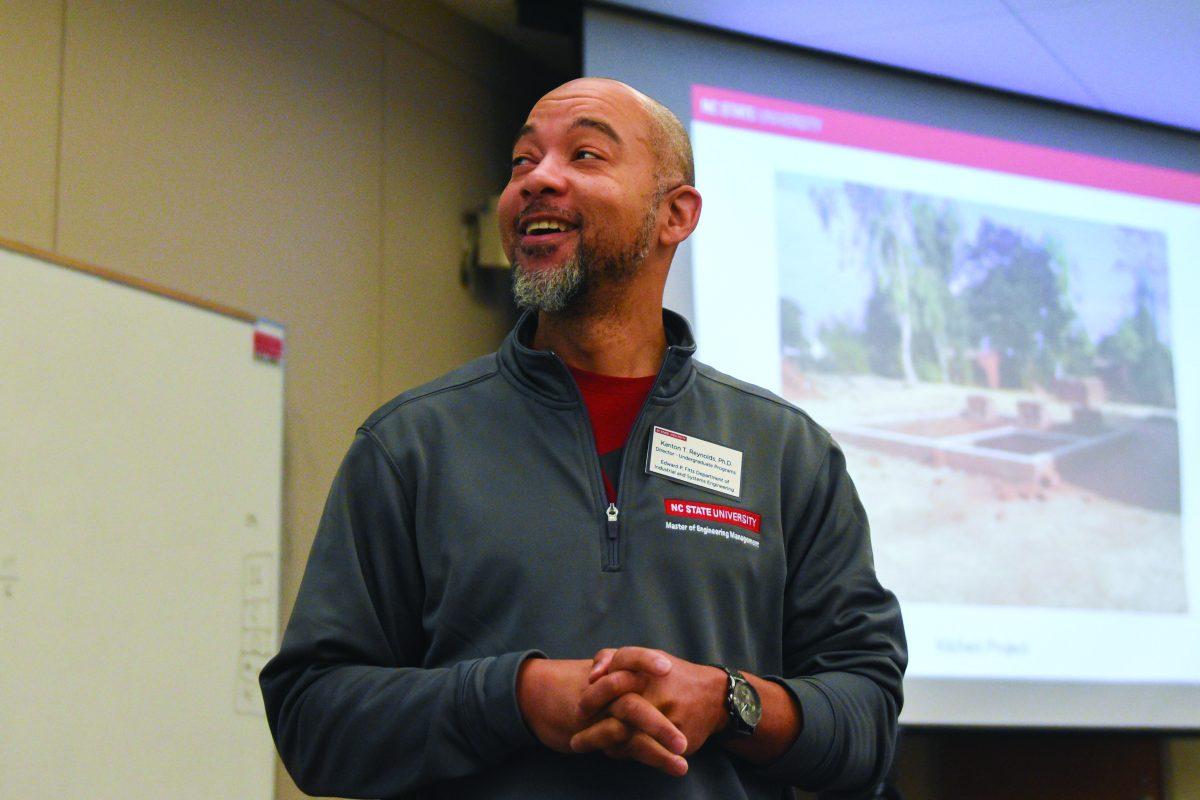New research by Cassandra Kwon, a research assistant professor at NC State’s Textile Protection and Comfort Center, and former Ph.D. student Meredith McQuerry, who is currently an associate professor at Florida State University, suggests that many women firefighters may struggle with poorly fitting gear that is designed with the male form in mind.
The two researchers have spent the past several months collecting data about how conventional firefighter suits fit women, and how to better tailor firefighting gear for women. Recently, they have traveled to the Women in Fire conference, showcasing their project to fire departments, manufacturers and women firefighters themselves.
“It’s sort of an unspoken kind of fact that firefighting gear, it’s not really made for the female form,” Kwon said. “It’s always been designed for the male form.”
Kwon said the purpose of the research is to collect data to show the differences between men and women’s bodies.
“There hasn’t been really research, real data, to show these differences and these issues,” Kwon said. “So the point of our research and this project is to get that data, to show it, and to work with the manufacturers and the user groups to show them, anthropometrically, we’re seeing differences.”
According to a 2020 National Fire Protection Association report, 8% of all firefighters in the United States are women.
“The female firefighter population is smaller than males, but it’s trending upwards; it’s growing,” Kwon said. “So we felt there was a need for that population to be noticed and helped.”
Parris Tysinger, a fourth-year studying polymer and color chemistry, attended the Women in Fire conference with Kwon and McQuerry. She agrees that women firefighters are underrepresented within the firefighter equipment industry.
“If women are out there risking their lives as hard as men are, then they should get gear that at least fits them properly,” Tysinger said. “We had a lot of focus groups and there were a lot of women who would complain that they couldn’t do their job as well as they thought they could have, because their suits didn’t fit them correctly.”
Kwon said there was a lot of interest in her and McQuerry’s research at the Women in Fire conference.
“The reception has been overwhelming,” Kwon said. “They have all been extremely cooperative with what we need. They’ve also been very excited. Meeting female firefighters, and them actually learning that we’re doing research that’s solely dedicated for them, has been really encouraging.”
Tysinger agreed those at the conference were excited for this research.
“Women were really excited to do the focus groups,” Tysinger said. “They were very excited to finally have a voice [to say], ‘This is what’s wrong with our gear,’ and they were very excited to see people who were trying to fix it.”
Kwon added they have had specific interest from the manufacturers of firefighter personal protective equipment (PPE). The majority of PPE manufacturers haven’t had access to body scans of women firefighters before, making this research one of the first in the industry.
“We work with the manufacturers as well, and I think they’re equally excited, because part of our study is to get body scanning data, anthropometric data, which we’re using 3D body scanning technology to get,” Kwon said. “If you ask any firefighter PPE manufacturer, no one has that data on female firefighter populations. So I think for us to be building something that’s the first of its kind is really exciting for them too.”
To collect the data, Kwon and McQuerry use body scanning technology on the firefighters. After taking physical measurements and taking the scans, they can upload the body scans to a database where they can find and analyze important data points.
“The scan actually goes to our database — we have a portal that we’ve set up solely for this research — and then we can extract those data points and collect them,” Kwon said. “Right now we’re still in our collection phase, there’s still some analysis that has to happen, but it’s an extremely straightforward process. So that’s why I think we’ve had pretty good success right now.”
Although the research currently only focuses on firefighting jackets and coats, Kwon has discovered throughout the project that the problem isn’t just isolated to only certain types of gear. She hopes the research can eventually expand to all types of ill-fitting firefighting gear.
“But as we’ve been researching too, the other equipment really needs some focusing on as well, especially gloves and boots,” Kwon said. “That’s something that every firefighter has to wear, because you don’t have anything else that can help cover your hands or your feet. So I think for us, the next step would also be to include other parts of the whole ensemble for research, and again looking at ways that we can help manufacturers be more informed.”
Tysinger said she hopes the research can change the current National Fire Protection Association standards for firefighting equipment, which define how all equipment must be designed and manufactured.
“I’m really hoping that it goes to completion, and that we get the NFPA to rewrite the standards for women’s firefighter gear, to where it will actually fit them properly,” Tysinger said.














